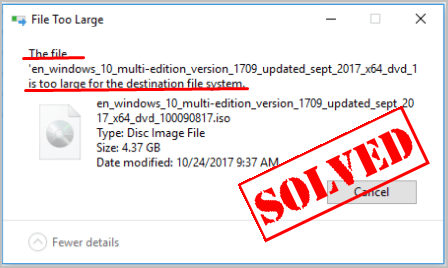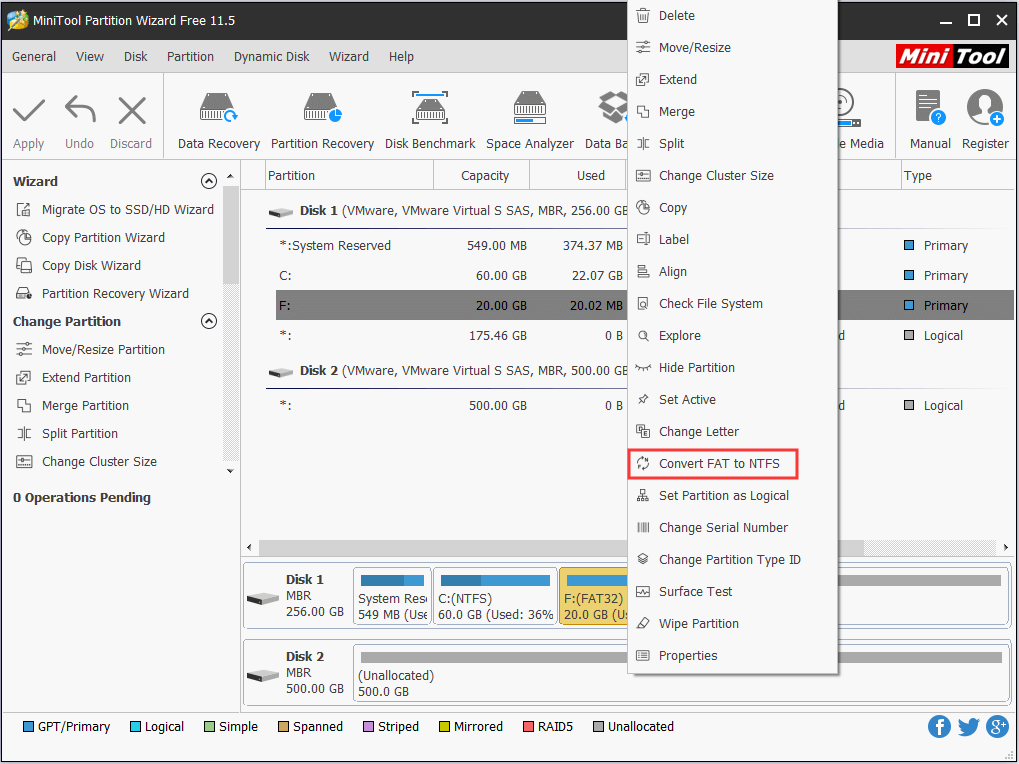


NTFS, on the other hand, does not have such size limitations, provides safeguard against file system corruption, has better performance, but is not compatible with all devices. It works flawlessly with electronics such as phones, MP3 players, cameras, televisions and so on. However, FAT32 is also the most compatible. FAT32 is a very old file system, and hence, it has a lot of limitations such as, it does not support more than 32GB of storage space and it does not support more than 4GB files. Most portable storage systems, such as USB flash drives, MP3 players, or SD cards are formatted as FAT32 or File Allocation Table (32 bits). Now, each file system has its own benefits, as well as its own limitations.įor example, Windows generally uses NTFS or Windows NT File System on its own drive as well as other partitions on the local disk.

The file system on server hard drives is different from your desktop hard drive. For example, the file system on Compact Discs or CDs is different from the file system on USB flash drives. Every digital storage comes with a file system that marks where a file begins, where a file ends, how many files are there, which file is in which directory, file names and so on. Understanding File Systemsįile systems are how storage spaces are organized. Therefore, you need to change the file system of the device to something that supports more than 4GB files. However, it cannot handle files larger than 4GB. Typically, any drive that has less than 32GB storage by default, is formatted as FAT32. This typically happens when you are trying to copy a file larger than 4GB on a drive that is formatted as FAT32.


 0 kommentar(er)
0 kommentar(er)
